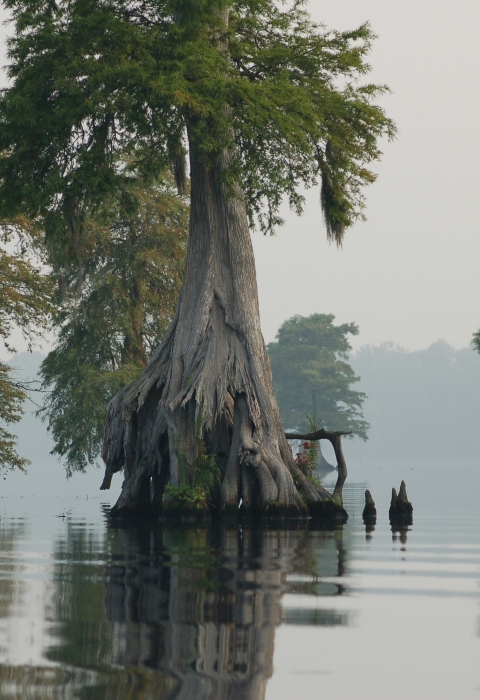What We Do
Our Services
We produce and distribute maps and other geospatial data on American wetland and deepwater habitats, as well as monitor changes in these habitats through time. This information is available to the public through two primary datasets: the wetlands geospatial dataset and wetlands status and trends reports. These provide complementary information on wetland and deepwater habitat type, location, and trends to support research, land management planning and analyses, policy development, and modeling activities.
Wetlands Mapper
The Wetlands Mapper is the primary public interface to the wetlands geospatial dataset and it delivers easy-to-use, map-like views of the nation’s wetland and deepwater resources. It spatially integrates National Wetland Inventory data with additional natural resource information and political boundaries to produce a robust decision support tool.
Status and Trends
Our Status and Trends reports provide estimates of U.S. wetland extent, type, and change specific to different time periods, ranging from the 1700s to 2009. Produced on a decadal basis, these reports inform policy-makers and the public on the status of the nation's wetlands and potential causes of wetland change.
Our Laws and Regulations
Recognizing the importance of wetlands to the safety and well-being of all Americans, as well as the conservation of fish, wildlife, and plants, Congress enacted the Emergency Wetlands Resources Act of 1986 (Public Law 99-645). This legislation directs the U.S. Fish and Wildlife Service to map America’s wetlands, as well as conduct decadal national wetlands status and trends studies and report the findings to Congress. The Service created the National Wetlands Inventory (NWI) to carry out these responsibilities.
Our Library
Whether you are looking for more information about the National Wetlands Inventory, wetland status and trend reports, or the classification of wetlands and deepwater habitats, you can find it in our library.











